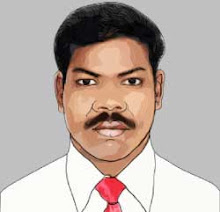It may be the appropriate time to narrative the present
“…
Why Say's Law is correct is evident from one simple consideration: if inventory doesn't sell, then prices will be cut until it does. Or, if a manufacturer wants to sell to a mass market, he knows that he can't wait until everyone can afford something expensive; he knows that he has to market his product at a low enough price that it will begin to sell [6]. In more technical economic terms, if the supply function increases (from "supply, a" to "supply, b" in the chart below), which means that it becomes possible to produce a greater quantity of goods for a given price, then, if the demand function does not also increase, a greater quantity of goods will end up being sold anyway as prices fall to a market clearing level (from "price, a" to "price, b" in the chart). Say's Law may also mean that the demand function will increase also, but it is not necessary to get into that part just to see how the basic price mechanism works (and, indeed, if demand increases, prices might not fall). A greater quantity of demand will result from an increased supply function even if no other factors are involved -- as long as prices are allowed to fall (in Germany now, businesses are fined for cutting prices). When industrial production increases and more goods become available, some old goods will go unsold as money moves over to the new goods, and prices will have to fall right across the board. That is called "deflation," and it is what happened in the
A visitor to the United States from the Soviet Union in the 80's was shown an American supermarket -- in stark contrast to the empty shelves in Soviet stores -- and he remarked that it was well stocked but that people could not afford to buy the goods. Almost anyone can see the fallacy in his viewpoint: a store that couldn't sell its goods would quickly go bankrupt. Many do all the time. But although this is obvious on a microeconomic scale, people lose track of it on a macroeconomic scale: they imagine that industry could just produce a bunch of stuff that people would actually want but that would just sit there. No industry would be left in that case”.

1 comment:
the best book on Say's Law is by WH Hutt. You can get it from the CCS library. Do read it. And read more of Hutt - he is great.
Post a Comment